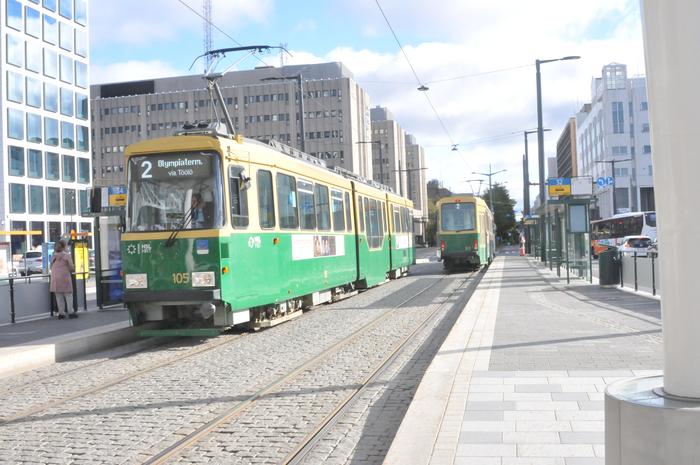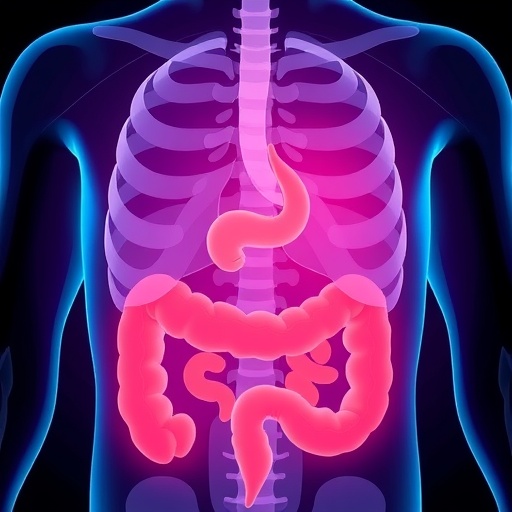Transport and mobility produce a significant part of cities’ carbon emissions and other environmental burdens, but at the same time enable the satisfaction of many basic needs, from going to work to meeting friends. A new scientific article, carried out in collaboration between Finnish and international researchers, shows how the doughnut model, which examines the overall sustainability of societies, can be applied to transport.

Credit: Christoph Fink
Transport and mobility produce a significant part of cities’ carbon emissions and other environmental burdens, but at the same time enable the satisfaction of many basic needs, from going to work to meeting friends. A new scientific article, carried out in collaboration between Finnish and international researchers, shows how the doughnut model, which examines the overall sustainability of societies, can be applied to transport.
The new research focuses on promoting ways to understand and measure the accessibility of areas. Accessibility has become an integral part of the toolbox of urban and transport planners and a flourishing field of research.
“The central idea of the doughnut model developed by the economist Kate Raworth is to provide the basic conditions for a good life for everyone without exceeding the critical boundaries of the environment,” says postdoctoral researcher Elias Willberg from the Department of Geography, who led the research.
“We propose that this idea should also be applied in the transport sector, where reducing emissions has long been difficult. You only have to look at the current extreme weather around the world to notice that there is a great and urgent need for a change in ways of thinking and acting,” he continues.
The study published in Transport Reviews was led by Finnish researchers from the Digital Geography Lab of the University of Helsinki and Aalto University.
Too narrow metrics one of the most central challenges
However, social and environmental concerns are often treated separately in accessibility research. This easily leads to recommendations that consider only of the perspectives. “For example, it is often most effective to improve accessibility by investing in private cars, which increases an unsustainable load on the environment. On the other hand, if social dimensions are not taken into account in the promotion of sustainable transport modes including walking and cycling, it is easy to end up only to improve the mobility opportunities of the well-off,” Willberg continues.
“Accessibility is still largely measured by only taking into account the travel time,” says Aalto University assistant professor Henrikki Tenkanen.
“At the same time, the wider effects on the environment and people remain invisible in our measurements. Fortunately, the rapid development of geospatial data and tools has offered more opportunities to bringing these hidden costs to light, and we aim to advance this work”.
How to improve accessibility while simultaneously reducing emissions
The contradictions related to the fairness of the sustainability transition are increasingly visible in the societal debate around transport. Transport emission reduction measures arouse heated emotions and opposition, especially in areas where the accessibility by other means than car is poor.
“The spatial accessibility can be improved in many different ways, but sometimes environmental and social goals inevitably conflict with each other,” says Professor Tuuli Toivonen, leader of the Digital Geography Lab at the University of Helsinki. Because of this, planners and decision-makers must have ways to find out whether it is possible to improve accessibility while simultaneously reducing emissions and how it could be done.
“We show that accessibility research is capable of providing even better information and metrics to support this discussion. The key is that knowledge and know-how accumulating from this research are made available to society with open tools and data” she concludes.
Journal
Transport Reviews
DOI
10.1080/01441647.2023.2240958





